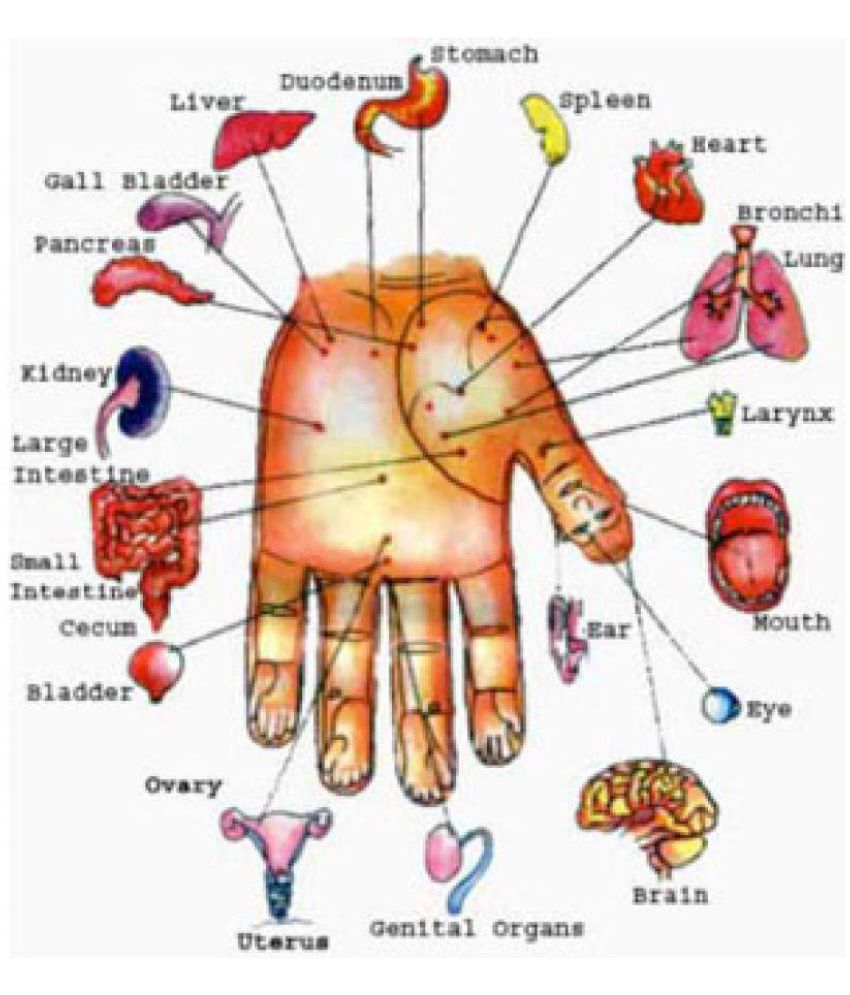

(α-chain) and least in albumin for single (fibrinogen (α-chain): 423 % albumin: 59 %) and Optical density change was seen most in fibrinogen Level for all five proteins at dose 97.77 J/cm2 , and multiple exposures has an overall decreased protein , single exposure has an overall increased protein level for Results showe that crenated RBC has minimal effect on protein level perturbation for dose RBC morphology image acquisition and semi-quantification of protein level respectively. Optical microscope and polyacrylamide gel electrophoresis were used for

Whole blood (mixed with EDTA) irradiation performed with diode Level after LLLI reveals protein behaviour essential for progression of laser therapy used in Perturbation by single (single exposure) and multiple exposures (fractionation) LLLI. (ceruloplasmin, fibrinogen (α-chain), complement C2, albumin, and α-1-antitrypsin) level This research work is interested in elucidating protein Its low level laser irradiation (LLLI) reveals the mechanisms for theĮfficacy of antiviral therapy. Our main conclusion is that continuous blue laser light stimulation on Neiguan significantly reduces heart rate of Chinese adults.īlood proteins serve mostly as drug’s transporters and play a crucial role in laser The evaluation parameter LF/HF ratio (low frequency/high frequency ratio) from the HRV spectral analysis showed a very slight increase during stimulation, however it was not significant. In contrast, no significant changes were found when the laser was deactivated. Heart rate showed a significant (p=0.008) decrease during blue laser light stimulation. In a second session, for control reasons the laser was not activated. Stimulation was performed with painless blue laser light (wavelength: 405 nm activation: 10 minutes) bilaterally at Pe.6. The investigations were carried out in 13 healthy Chinese volunteers with a mean age of 31.2 ± 7.5 years within a randomized, controlled study. These are the first data published concerning heart rate and HRV, obtained with blue laser acupuncture equipment. In this publication we report the effect of blue laser light on heart rate and heart rate variability (HRV) before, during and after acupuncture at the acupoint Neiguan (Pe.6) in Chinese adults. In previous studies, we showed that laser needle acupuncture with red and infrared light has specific effects on bio-signals of the brain and heart.


 0 kommentar(er)
0 kommentar(er)
